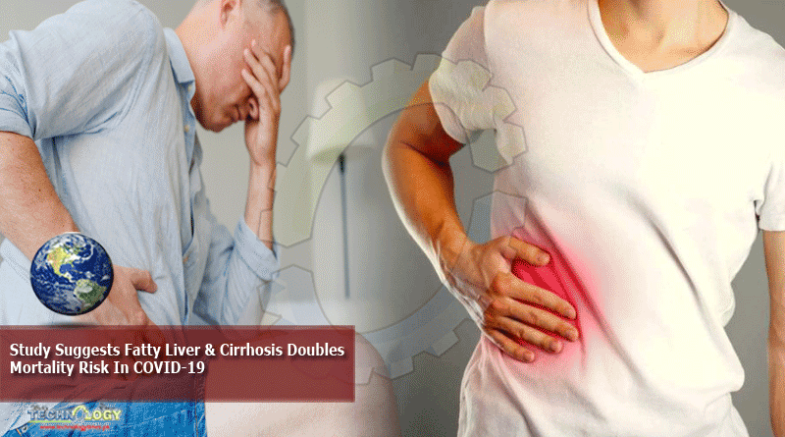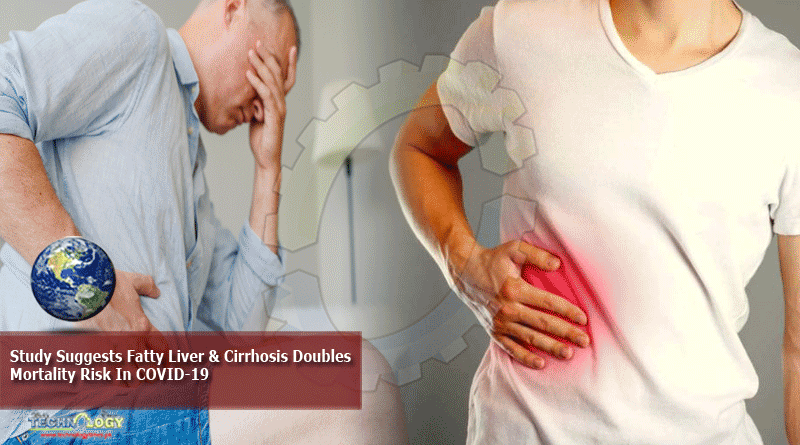At Digital International Liver Congress Via An International Registry, The Experts Have Presented Evidenc, Mortality Risk In COVID-19

That suggests that an individual with a history of liver diseases like cirrhosis or non-alcoholic fatty liver disease poses a higher risk to mortality and morbidity with COVID-19.
During a virtual press briefing before the Congress, Germany-based the University Hospital’s hepatology section head Prof. Thomas Berg, MD, said that from every minute details written in the press related to the ongoing pandemic, it could be clearly seen that comorbidities play a noteworthy role in the outcome. Cardiovascular is the most known risk factors, but nobody can see anything about the liver. Prof. Berg has presented the correlation between chronic liver disease and obesity with mortality during the pandemic.
The most common and known form of chronic liver disease is non-alcoholic fatty liver disease. As per the recent statistics, more than 25% of the world’s population might have non-alcoholic fatty liver disease, which is clearly connected to obesity, also a risk factor for COVID-19, Prof. Berg added. This appears to be an issue, especially for younger adults, who are being less than 60 years old. It explicitly raises the risk of deaths by twofold if the patient has a non-alcoholic fatty liver disease condition.
The described correlation was not seen in elderly patients with the COVID-19 infection, but Prof. Berg assigned that to other comorbidities likely covering the impact of NAFLD on COVID-19 risk.
More than 1,000 patients who were infected with COVID-19, have registered with a condition of liver disease. Prof. Berg suggested that non-cirrhotic liver disease does not pose an additional risk with COVID-19, but their mortality risk increases once a patient develops cirrhosis.
They have witnessed a step-wise increase in the rates of considerably terrible outcomes and disease with each liver disease stage. In simple terms, if an individual is suffering from a liver disease without cirrhosis, the mortality rate is relatively low. However, if a patient has an advanced cirrhosis stage, then the risk is around 50%. The interesting fact is that the patient with cirrhosis is independent of all the ages. When compared to patients without cirrhosis, younger patients with the condition of cirrhosis face a very high mortality risk, Prof. Berg added.
Prof. Berg also mentioned that the risk does not increase for COVID-19 related mortality in the transplant setting. The study has represented the largest force of LT recipients with laboratory-proven COVID-19 infection, which included 18 countries’ submissions. The recipient has not shown an increased risk when compared with non-transplant patients with similar comorbidities.
They should be encouraged that health and clinicians’ policy-makers should be aware that liver transplantation does not give out to the main additional vulnerability to severe outcomes, and the same should be considered when evaluating the relative benefits and risk of delivering clinical monitoring and follow-up of liver transplant patients. Other comorbidities such as renal function and age play a significant role in patient outcomes, Prof. Berg said.
While consuming immunosuppressive drugs, this does not consult a very high risk. Even the opposition might be the situation that it even reduces the risk because it may upgrade the inflammatory response, Prof. Berg said.
The biggest concern is that there are patients who suspend the transplants due to the fear of the ongoing pandemic, Prof. Berg said.
Prof. Berg further explained that the deep-rooted fear of visiting the hospital for routine screening might increase advanced liver disease, ultimately leading to the second wave of mortality and morbidity after infecting with COVID-19. Both patients and physicians should prioritize optional methods of care to any patients with chronic liver disease conditions.
This news was originally published at startupworld.com
